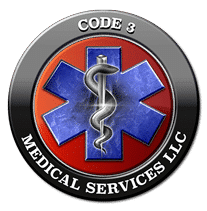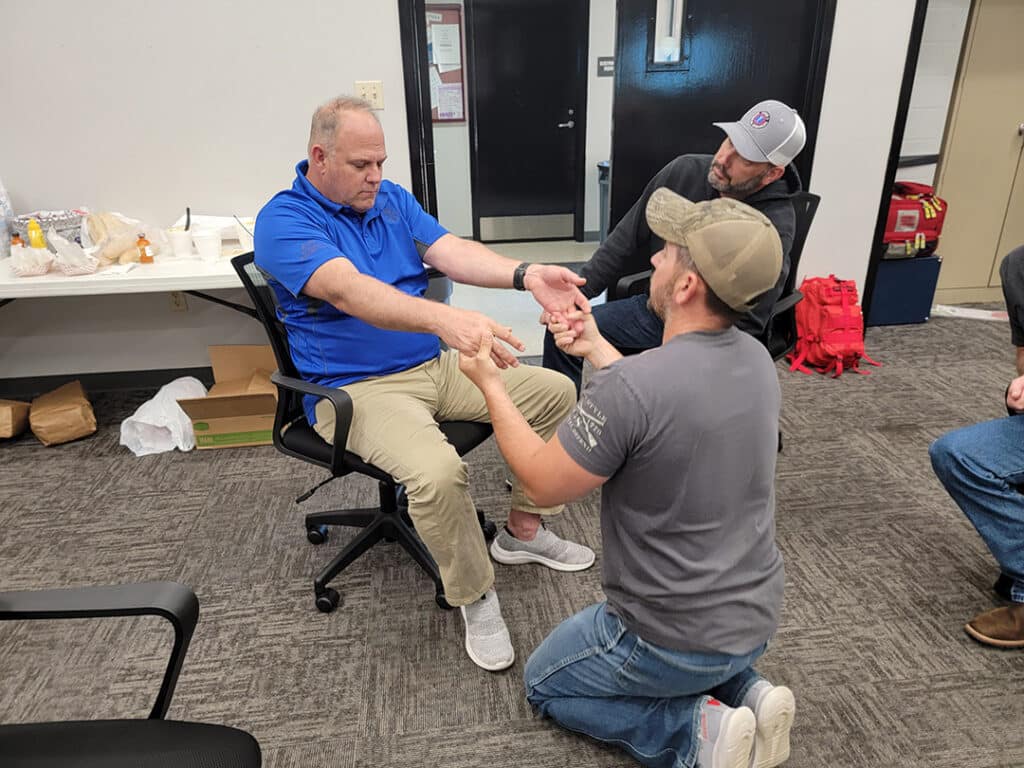After 30 years of riding a fire truck and ambulance, I can tell you that treating younger adults versus older adults (55+ years old) presents various challenges to patient treatment during trauma or medical emergencies. In this article I want to cover some things to keep in mind when presented with situations that require emergency response teams to respond and treat individual patients. These are things that if not taken into consideration can have negative outcomes that are otherwise preventable if recognized and addressed in the field until EMS or Fire response arrives with all the gadgets and toys. So, let’s get going with some things to keep in mind regarding older patients that can easily get overlooked or missed.
For the majority of the younger population, significant medical problems are not the norm. Early in our adulthood, our body’s tend to be in better shape and we do not tend to see medical issues that require medications in order to perform normally. During traumatic events, younger and healthier bodies can compensate at a higher degree which in most cases allow for an increased chance of survival. Granted, there are several factors that can influence an outcome including the proficiency and competency of the first responder, but overall, the body is an amazing system when it is operating normally. I have personally had younger patients with severe trauma and significant blood loss that should have died, but due to the fact that they were young, healthy, and I gave the proper immediate care, they beat the odds and walked out of the hospital with minimal negative physical effects.
Now take the same scenario and the statistics show that if you are over the age of 55, your odds of surviving go significantly down. Why is that? Simple, for most of us as we age, our bodies are not able to handle the stresses put on it due to the aging process of the body or more significantly, medical problems that arise that require supplementation of pharmaceutical drugs in order to operate at a normal level. Let’s look at each of those and dive into why each one presents it’s own unique challenge and how maybe we can prevent some of these issues not only for our patients, but to ourselves.
First, the aging process of the body. It is a fact of life and it is something none of u can stop. Notice I said stop, but we can delay or slow it down. As we age our bodies go through natural changes that over time have a cumulative affect on our bodies. Things like hormone levels which affects sleep and chemical compositions within our cellular, vascular, and muscular characteristics. How we treat our bodies over the years also has a cumulative affect when it comes to long term internal damage. Things like diet, exercise, alcohol, drugs, smoking, and our work environment. Those things with time can cause a multitude of issues such as cardiovascular disease, respitory issues, cancer, and the list goes on. Let’s take something like high blood pressure. If it goes untreated, it has a negative affect on the blood vessels within the body such as weakening or the loss of elasticity to enlargement of the heart to the higher probability of a stroke or heart attack. Put that in the perspective of a severe traumatic injury and the body does not have the ability to compensate at a higher level because it has already been working at a higher level due to the effects of the high blood pressure. The body simply cant handle it compared to a normal healthy body. Doesn’t mean that the injury is a guaranteed fatality, but it could possibly mean that the patient has complications or long-term negative consequences due to the injury that are not normally encountered. From a first responder perspective, that means our patients can digress faster than normal which can lead to a potentially fatal outcome. Let’s take a severe bleed for instance. If you have an elderly patient that has uncontrolled hemorrhaging from a large laceration, the body is going to compensate by speeding up the heart, which will speed up respirations, which will in turn cause them to lose blood faster. In the older patient, this stress could be too much for the body to handle and could result in potential cardiac arrest due to their heart already being taxed as a result of poor cardiac health. So instead of our patient having only one issue, I could end up with two possible fatal issues if not prepared and dealt with accordingly.

Now lets look at pharmaceutical medications that we typically see in older adults. Medications such as blood thinners, respirtory, blood pressure, cholesterol, diabetes, cardiac, sexual and etc. These are not typical medications that you see in most young adults. So that tells us two things as a first responder if we encounter a patient currently on these medications. One, they currently have some kind of underlying medical problem where something is not operating as it should. Two, these medications can accelerate or artificially mask a medical emergency in a patient. A perfect example would be a patient exhibiting dizziness/syncopal episode. You take their pulse which is at 88 bpm and their blood pressure is 90/58. During your assessment the patient informs you that they took Viagra last night, but are on no other medications. This would be a prime example of a potential medically induced medical emergency which could be directly related to the sexual medication and nothing else. Or it could be that the patient is dehydrated or having some kind of true cardiac event. Either way, that little bit of important information can help us paint a better picture of our patient and in turn help the first responder initiate the best care for the patient.
As an emergency response team member, what can one do to better prepare themselves for treating older patients. First, getting base line and follow up vitals is important. Those vitals build the foundational story book of how was your patient on initial arrival and are they getting better or worse as time goes on? Our goal on initial care is to mitigate all life threatening injuries and stabilize until advanced care arrives. Second, it is imperative to get an accurate and thorough patient assessment/history. Getting that head to toe exam and an indepth medical history can help paint a better picture as it pertains to diagnosing and treating your patient. If you had a patient with a significant bleed and you know that they take a blood thinner, then it should be taken into consideration that their clotting ability is reduced due to the medication. Therefor simple direct pressure may not be enough to stop their bleeding. You may have to resort to a pressure bandage, hemostatic agent, or a tourniquet depending on location and the severity of the bleed.
So in closing, a quick review. When dealing with patients, be aware that age and/or medications can pose difficulties when treating older patients. Always prioritize patient care with dealing with life threatening emergencies first (Hemorrhage, Airway, Breathing, Circulation), then give a thorough and continuous patient assessment. Vitals, vitals, vitals and patient history can pay dividends with all patients, but especially with older patients. All of this information acquired through a proper assessment can truly aid the responder in some cases from things going from bad to worse. And after all, that is why we are here as first responders. To make a positive difference in peoples lives when they are having a bad day.

